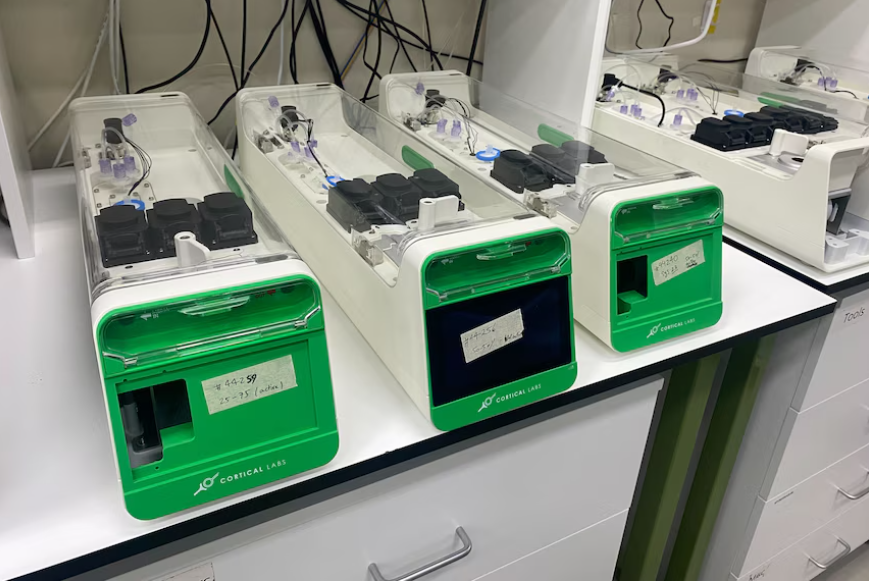In an incredible leap forward in science and technology, researchers have developed what they are calling a living computer by using lab-grown human brain cells. This groundbreaking innovation combines biology with computing to build a system that mimics the human brain’s ability to learn, adapt, and process information. Known as “brain organoid intelligence,” this new concept marks a major turning point in how we understand computing and artificial intelligence.
What Is a Living Computer?
Scientists create living computers by growing tiny clumps of human brain cells—called brain organoids—from stem cells in laboratories. These biological systems function like computers, harnessing the unique properties of living tissue. Scientists have been able to teach these brain cells to perform tasks like solving problems or learning patterns by connecting them to computer systems.

Unlike traditional computers that use silicon chips, these living systems are built from real human brain tissue. That makes them far more energy-efficient and capable of learning in ways even the most advanced AI systems can’t match.
The team of scientists leading this breakthrough says that brain organoid intelligence could become a game-changer in medical research, artificial intelligence, and advanced computing.
Bioengineers, neuroscientists, and computer experts collaborated on the study and published it in a peer-reviewed scientific journal.
How Does the Brain Cell Computer Work?
This innovative system works by linking brain organoids to computer chips and electrodes. These connections allow scientists to communicate with the brain cells using electrical signals.
When the brain cells receive certain signals, they respond and gradually learn how to perform tasks. Over time, these cells can adapt their behavior based on feedback, just like the neurons in our brains.
This ability to learn and adjust makes brain cell computers very different from traditional machines. While conventional computers need detailed programming for each task, these bio-computers learn through experience. This allows for a much more flexible and efficient approach to computing.
Potential Uses and Benefits
The living computer has a wide range of possible applications. It can be used to study neurological diseases like Alzheimer’s or Parkinson’s by observing how real brain cells respond to treatments.
Another major advantage is energy efficiency. Unlike modern supercomputers that consume large amounts of electricity, brain organoids use far less power. This makes them an eco-friendly option for future computing systems.
In fact, some scientists believe that one brain-based computer the size of a fingernail could someday do more processing than a massive data center.

